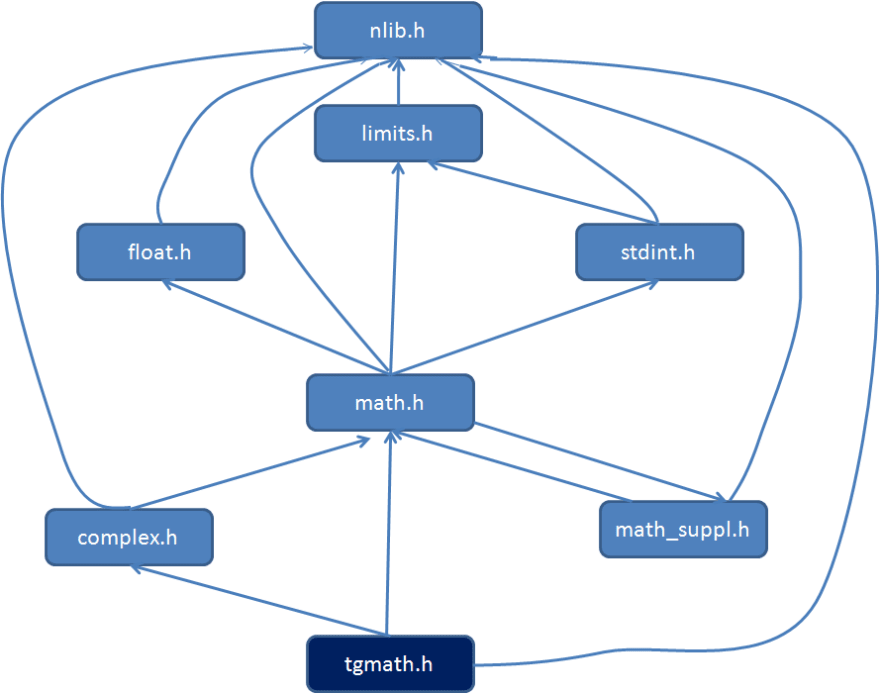When building legacy or cloud-native applications, codebases can quickly become entangled. This complexity becomes an issue when your teams add additional features, change existing parts of the application, or refactor it. These issues promptly reveal themselves when you deploy the application and are immediately followed by a mad scramble to diagnose what went wrong, fix errors, and roll back releases. This process is much simpler when you use a dependency graph for your application. This graph gives you a clear overview of each part of the codebase and how the different parts work with each other.
To use dependency graphs, follow the steps in this complete guide. Soon you'll gain more control over your codebase and see your deployments speed up.
What are dependency graphs?
According to Pablo Azero of Jalasoft, "A dependency graph is a graph that represents dependencies between objects of some application domain." That is, it's a tool that maps out relationships between the different components of an application. It shows both the connections and directions of the dependencies to help you visualize which components depend on each other. The following figure shows an example of a dependency graph.
Figure 1. Dependency graph for a tgmath.h header file in the C Programming Language; source: Wikimedia
Dependency graphs can also help map out specific components. For example, you can create a data dependency graph to map out data relationships. Or you might create a GitHub dependency graph to keep track of repositories on the GitHub platform.
Why are dependency graphs important?
Dependency graphs help you manage code and applications better. How so? In any large application, the codebase becomes gnarled and difficult to manage. To achieve a high-level view of the components, you need to abstract the codebase. By doing so, you gain improvements in the following areas:
Regression testing: By using dependency graphs, you achieve more predictable and successful deployments when you check for backward compatibility as application changes occur.
Re-architecting applications: Viewing components and their dependencies gives you a vantage point to understand the components that require changes, are redundant, and are missing and must be added.
Troubleshooting:
You can easily trace across various components to find the root cause of an issue in a software system.
Team collaboration: Sharing your dependency graph with your team helps everyone understand how your components relate to each other and gives them a common language to communicate with daily.
Strategic application planning: You gain a broader perspective on each part or component when planning for the future of your application.
Security posture of a system: You can see which dependencies make the system vulnerable. Without a dependency graph, these gaps otherwise become lost in code clutter.
How to work with dependency graphs
Working with dependency graphs can be broken down into 7 essential steps. Follow the link in each step for an in-depth explanation.
Draw out your dependencies - You can draw a dependency graph using graph paper, or you can use a tool. The important thing is you'll be able to visualize the entire graph.
Visualize your dependency graph - If your graph is simple, you can manipulate it on paper to view it from different perspectives. More complex graphs will require visualization tools that allow different perspectives.
Discover patterns and dependencies - Once you are able to visualize your dependency graph it is time to identify patterns in the graph.
View and debug dependencies - Reducing dependency errors where they cause version conflicts, confusion, or selection errors.
Break up dependency cycles - It is all about decoupling and breaking down dependencies to keep things simple and maintainable.
Secure and protect your CI/CD pipeline - With better control of dependencies comes better security in your CI/CD pipeline.
Reduce the dependency attack surface - Fewer dependencies mean fewer attack vectors. Keep it simple and clean.
Secure your applications from version to version
Dependency graphs are essential for understanding how the components of your application relate to each other. By creating a dependency graph, you gain different perspectives and deeper insights into how your application's components work with each other. Once you have your dependency graph, you can use it to improve your application's testing, manage dependencies, and improve the security posture of your system. Finally, as you adopt dependency graphs to help manage your application codebases, secure and protect the integrity of your application throughout the DevOps CI/CD pipeline.




















